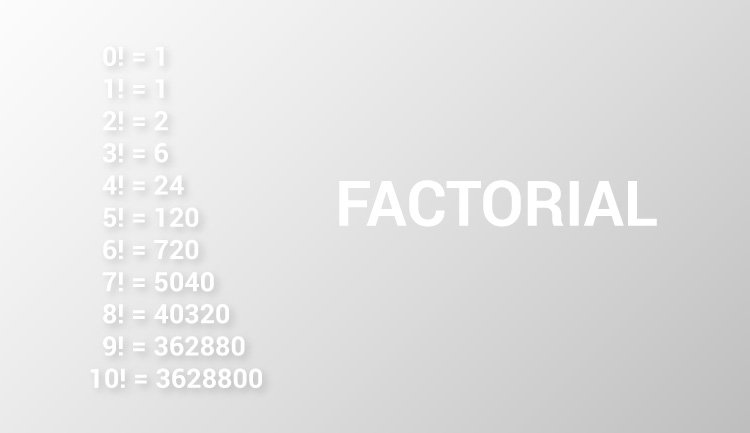C Program to Find Factorial of a Number
The factorial of a positive integer n is equal to 1*2*3*...n. You will learn to calculate the factorial of a number using for loop in this example.

To understand this example, you should have the knowledge of following C programming topics:
The factorial of a positive number n is given by:
Since the factorial of a number may be very large, the type of factorial variable is declared as
If the user enters negative number, the program displays error message.
You can also find the factorial of a number using recursion.
factorial of n (n!) = 1*2*3*4....nThe factorial of a negative number doesn't exist. And, the factorial of 0 is 1,
0! = 1Example: Factorial of a Number
#include <stdio.h>
int main()
{
int n, i;
unsigned long long factorial = 1;
printf("Enter an integer: ");
scanf("%d",&n);
// show error if the user enters a negative integer
if (n < 0)
printf("Error! Factorial of a negative number doesn't exist.");
else
{
for(i=1; i<=n; ++i)
{
factorial *= i; // factorial = factorial*i;
}
printf("Factorial of %d = %llu", n, factorial);
}
return 0;
}Enter an integer: 10 Factorial of 10 = 3628800This program takes a positive integer from the user and computes factorial using for loop.
unsigned long long.If the user enters negative number, the program displays error message.
You can also find the factorial of a number using recursion.
Comments
Post a Comment